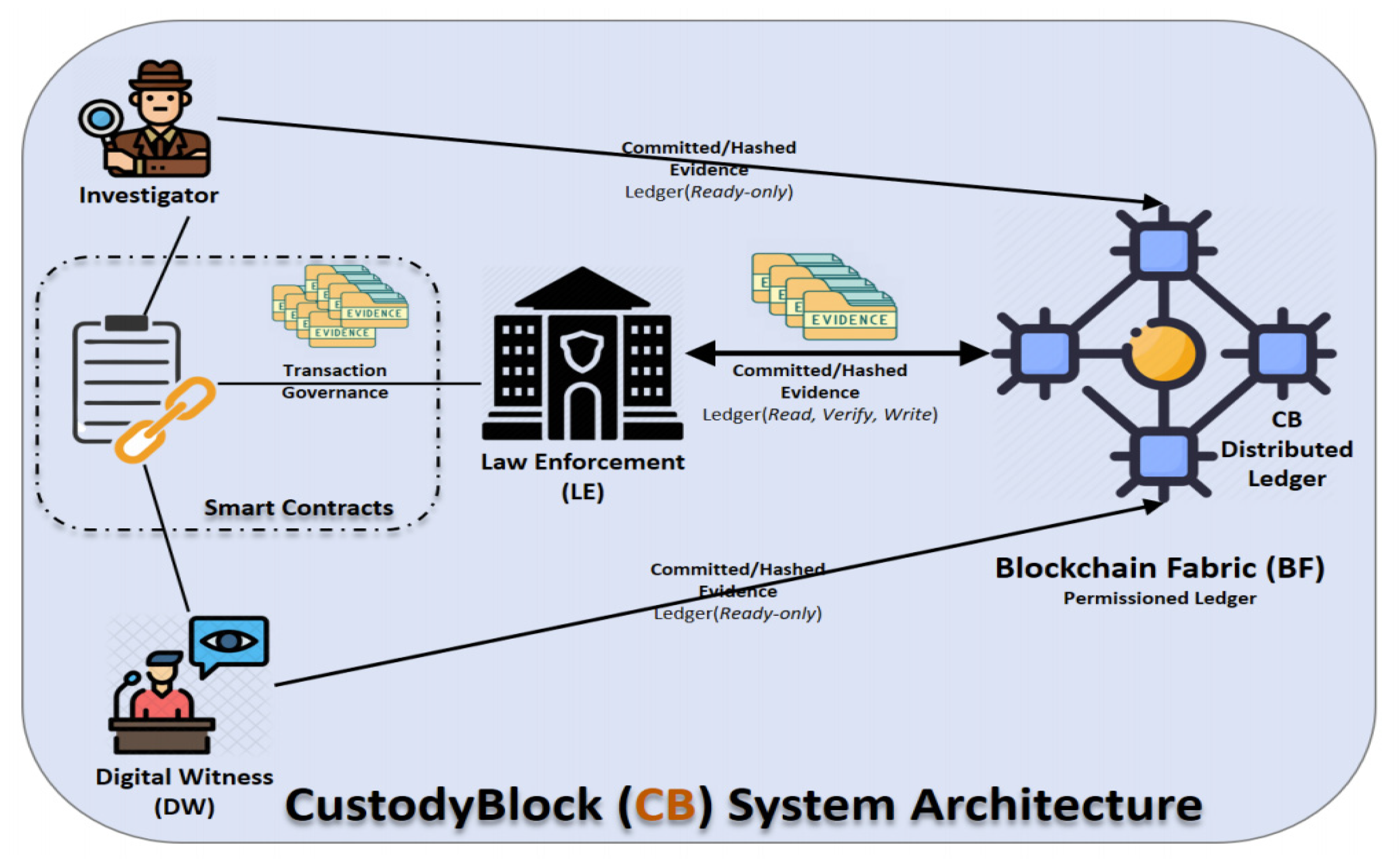Difference between revisions of "Template:Article of the week"
Shawndouglas (talk | contribs) (Updated article of the week text) |
Shawndouglas (talk | contribs) (Updated article of the week text) |
||
| Line 1: | Line 1: | ||
<div style="float: left; margin: 0.5em 0.9em 0.4em 0em;">[[File: | <div style="float: left; margin: 0.5em 0.9em 0.4em 0em;">[[File:Fig3 Alruwaili Information21 12-2.png|240px]]</div> | ||
'''"[[Journal: | '''"[[Journal:CustodyBlock: A distributed chain of custody evidence framework|CustodyBlock: A distributed chain of custody evidence framework]]"''' | ||
With the increasing number of cybercrimes, the [[digital forensics]] team has no choice but to implement more robust and resilient evidence-handling mechanisms. The capturing of digital evidence, which is a tangible and probative piece of [[information]] that can be presented in court and used in trial, is challenging due to its volatility and the possible effects of improper handling procedures. When computer systems get compromised, digital forensics comes into play to analyze, discover, extract, and preserve all relevant evidence. Therefore, it is imperative to maintain efficient [[wikipedia:Evidence management|evidence management]] to guarantee the credibility and admissibility of digital evidence in a court of law. A critical component of this process is to utilize an adequate [[chain of custody]] (CoC) approach to preserve the evidence in its original state from compromise and/or contamination ... ('''[[Journal:CustodyBlock: A distributed chain of custody evidence framework|Full article...]]''')<br /> | |||
<br /> | <br /> | ||
''Recently featured'': | ''Recently featured'': | ||
{{flowlist | | {{flowlist | | ||
* [[Journal:Development and governance of FAIR thresholds for a data federation|Development and governance of FAIR thresholds for a data federation]] | |||
* [[Journal:Design of a data management reference architecture for sustainable agriculture|Design of a data management reference architecture for sustainable agriculture]] | * [[Journal:Design of a data management reference architecture for sustainable agriculture|Design of a data management reference architecture for sustainable agriculture]] | ||
* [[Journal:Fueling clinical and translational research in Appalachia: Informatics platform approach|Fueling clinical and translational research in Appalachia: Informatics platform approach]] | * [[Journal:Fueling clinical and translational research in Appalachia: Informatics platform approach|Fueling clinical and translational research in Appalachia: Informatics platform approach]] | ||
}} | }} | ||
Revision as of 15:08, 16 January 2023
"CustodyBlock: A distributed chain of custody evidence framework"
With the increasing number of cybercrimes, the digital forensics team has no choice but to implement more robust and resilient evidence-handling mechanisms. The capturing of digital evidence, which is a tangible and probative piece of information that can be presented in court and used in trial, is challenging due to its volatility and the possible effects of improper handling procedures. When computer systems get compromised, digital forensics comes into play to analyze, discover, extract, and preserve all relevant evidence. Therefore, it is imperative to maintain efficient evidence management to guarantee the credibility and admissibility of digital evidence in a court of law. A critical component of this process is to utilize an adequate chain of custody (CoC) approach to preserve the evidence in its original state from compromise and/or contamination ... (Full article...)
Recently featured:










